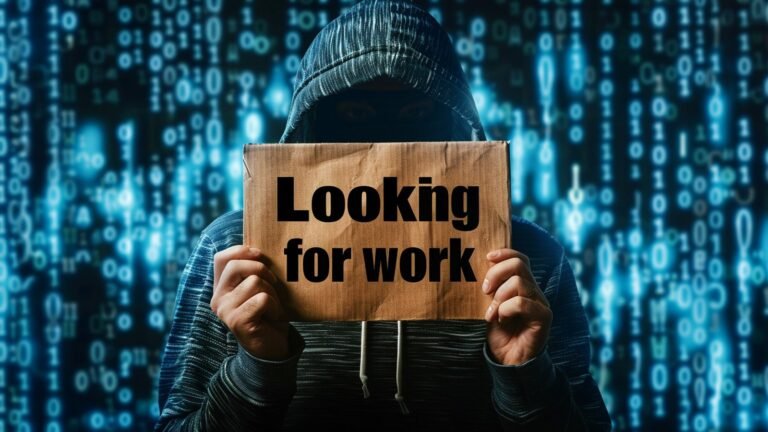Quick Takeaways
-
Guilty Plea: Nicholas Michael Kloster, 32, admitted to hacking multiple organizations to promote his cybersecurity services, targeting a health club and a Missouri nonprofit in 2024.
-
Hacking Tactics: Kloster breached security systems, accessed sensitive data, offered his services via email, and manipulated his gym membership as part of his scheme.
-
Unauthorized Actions: He installed a VPN, changed passwords, and stole sensitive information, exploiting a former employer’s stolen credit card to purchase hacking tools.
- Potential Sentencing: Kloster faces up to five years in federal prison, a $250,000 fine, and restitution if convicted.
The Issue
In a striking case of cyber mischief gone awry, 32-year-old Nicholas Michael Kloster from Kansas City pleaded guilty to a series of audacious computer hacks aimed at promoting his cybersecurity services to unsuspecting organizations, including a health club and a Missouri nonprofit. Utilizing his technical acumen, Kloster infiltrated these networks, subsequently sending emails to the targeted businesses that boasted of his hacking success while slyly proposing contracts for his cybersecurity consultancy. His actions included manipulating a gym’s membership records, stealing access credentials, and flaunting his exploits on social media, thereby exacerbating the breach of trust.
The U.S. Department of Justice has outlined Kloster’s illegal undertakings, which not only secured unauthorized access to protected information but also included stealing credit card details from a former employer—an act precipitated by his recent dismissal. As the case unfolds, Kloster faces potential imprisonment of up to five years, along with hefty fines and restitution orders, marking a cautionary tale about the pitfalls of misusing cybersecurity expertise for criminal intent.
Risks Involved
The recent case involving Nicholas Michael Kloster illustrates a grave threat to businesses, users, and organizations by emphasizing the vulnerability inherent in cybersecurity practices. Kloster’s illicit activities expose not only the immediate victims but also create a ripple effect across the digital ecosystem, wherein the breach of one entity can prompt a cascade of security concerns for others. Organizations may find themselves under increased scrutiny from both customers and regulators, leading to potential financial losses, reputational damage, and heightened operational costs associated with implementing remedial measures. Furthermore, users whose data may have been compromised face an elevated risk of identity theft and fraud, heightening the stakes not just for the directly affected companies but for all entities interacting within the same network sphere. The interconnected nature of today’s digital landscape magnifies these risks, creating a climate where one breach can undermine confidence, incite panic, and invite further malicious activities across multiple businesses.
Possible Next Steps
The urgency of addressing cybersecurity breaches cannot be overstated, particularly in a case where an individual has admitted to unlawfully infiltrating networks to market security services.
Mitigation Steps
- Incident Response Plan
- Network Segmentation
- Regular Audits
- Employee Training
- Enhanced Monitoring
- Patch Management
- Access Controls
- Data Encryption
NIST CSF Guidance
The NIST Cybersecurity Framework emphasizes the importance of identifying vulnerabilities, protecting against breaches, detecting anomalies, responding to incidents, and recovering from attacks. For more extensive guidance, refer to NIST Special Publication 800-53, which provides a comprehensive catalog of security controls to bolster organizational defenses.
Advance Your Cyber Knowledge
Discover cutting-edge developments in Emerging Tech and industry Insights.
Understand foundational security frameworks via NIST CSF on Wikipedia.
Disclaimer: The information provided may not always be accurate or up to date. Please do your own research, as the cybersecurity landscape evolves rapidly. Intended for secondary references purposes only.
Cyberattacks-V1

